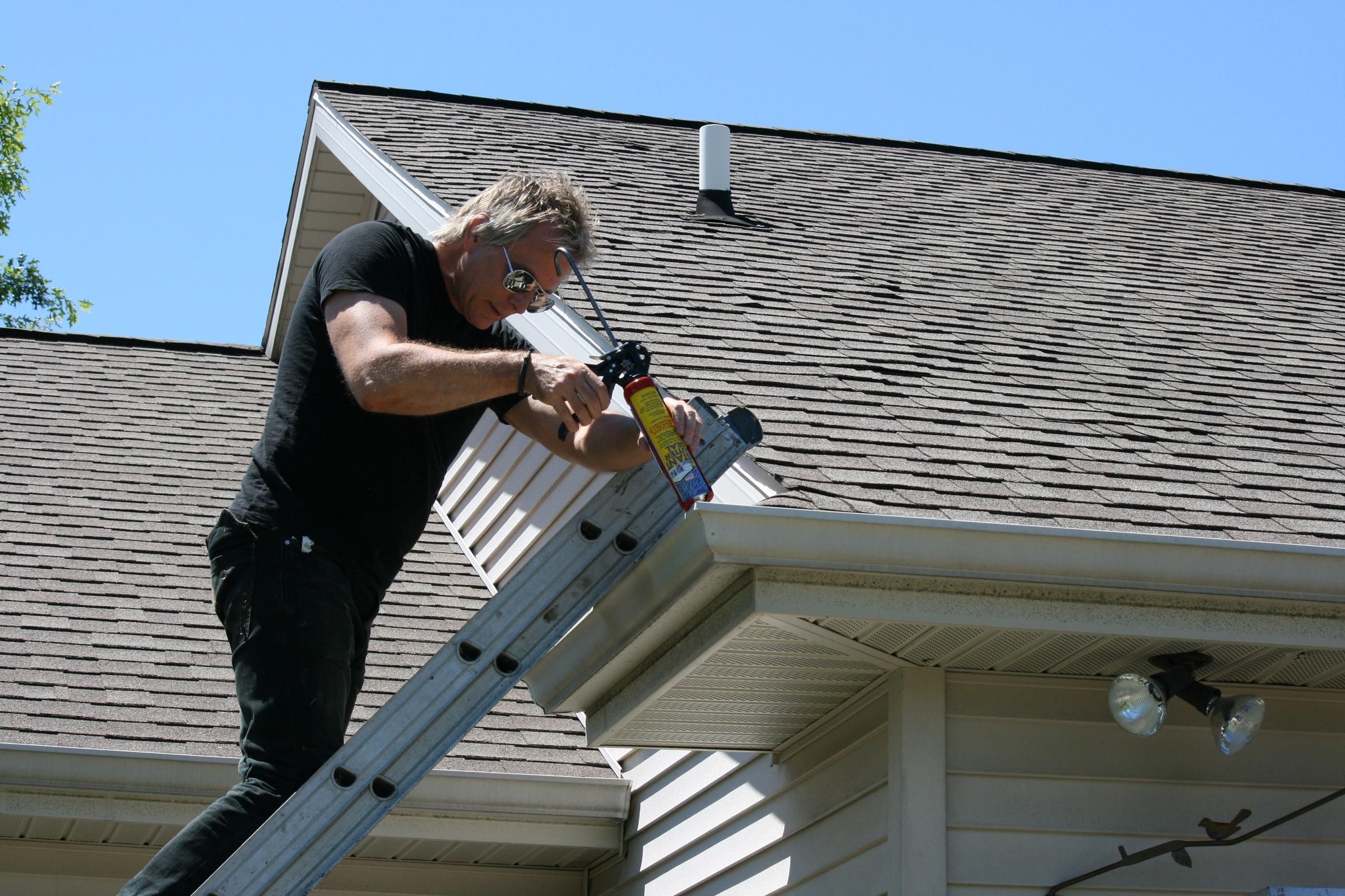Replacing a roof is a crucial task that must be planned carefully. Weather plays a big role in deciding when to replace a roof. This post explains how various weather conditions can affect the timing of roof replacement. Furthermore, understanding the weather’s impact helps in scheduling the replacement to avoid any unnecessary delays or hazards, ensuring the safety and efficiency of the work. It is essential to seek trusted roof replacement services in southfield mi to handle the complexities of weather-related challenges, ensuring a durable and well-installed roof.
1. Temperature And Roofing Materials:
Hot and cold temperatures affect roofing materials differently. In very hot weather, shingles may become too pliable and hard to handle. In cold weather, they might crack or break. Therefore, moderate temperatures are best for roof replacement. Additionally, the ideal temperature range helps ensure that the adhesive used for shingles can set properly, avoiding any future issues like leaks.
2. Rain And Moisture:
Rain is a major concern when replacing a roof. Working on a wet roof can be dangerous. It also prevents the proper sealing of shingles. Hence, it’s wise to choose a dry period for roof replacement. Moreover, avoiding rain not only speeds up the installation process but also ensures that moisture does not get trapped under the new roofing materials, which can lead to mold and structural issues later. For homeowners seeking peace of mind, it is beneficial to opt for reliable roof replacement solutions in Southfield MI, which prioritize safety and quality in their services.
3. Wind Conditions:
High winds can interrupt the roofing process. They can blow away materials and make it unsafe for workers. It’s best to avoid roof replacement on windy days. Additionally, calm weather ensures that roofing materials are aligned correctly and secured properly, which is crucial for the longevity of the roof.
4. Snow And Ice:
Snow and ice can delay roof replacement. Removing snow and ice adds extra time and effort. It’s safer and easier to replace a roof when it’s free of these elements. Also, waiting for warmer conditions helps in avoiding the potential risks associated with icy surfaces, such as slips or falls, ensuring the safety of workers.
5. Humidity And Installation Quality:
High humidity can affect how roofing materials adhere. It can slow down the curing of certain materials like asphalt shingles. Ideally, roof work should happen when humidity is low. Also, low humidity conditions help in quicker setup of materials, making the installation process smoother and more effective. For those living in areas where humidity is a frequent issue, contacting the best roof replacement services near Southfield MI can be a wise decision to ensure that your roof is installed correctly and efficiently.
6. Daylight Hours:
Longer daylight hours give workers more time to work. This is why many choose to replace roofs in late spring or summer. More sunlight means more work can be done each day. Furthermore, the ample daylight helps in better inspection of the installation process, ensuring that every part of the roof is laid out perfectly.
7. Storm Seasons:
During storm seasons, it’s risky to start a roof replacement. Unexpected storms can damage the materials. Planning the replacement after the storm season can prevent potential damages. Moreover, by avoiding these months, homeowners can avoid the rush and possibly receive better pricing and availability from roofing contractors.
8. Regional Weather Patterns:
Different regions have different best times for roof replacement. For example, in dry areas, avoiding the rare rainy seasons is crucial. Understanding local weather patterns helps in planning. Also, this knowledge allows for better material choices that are suited to withstand local climate conditions over time, enhancing the roof’s durability. For those in Michigan, particularly considering roof replacement in Southfield MI, it’s important to consult with local experts who understand the specific challenges and best timing for such projects in the area.
9. The Impact Of Weather Delays:
Weather delays can increase the cost and time needed to replace a roof. Planning ahead and choosing the right season can minimize these delays. Additionally, by anticipating weather conditions, contractors can schedule their work more efficiently, reducing downtime and the likelihood of hurried, less-than-ideal workmanship. Also, with strategic planning, necessary materials and equipment can be arranged in advance, avoiding last-minute rushes and potential price hikes that occur during peak seasons. This careful planning helps ensure that the roof replacement is both cost-effective and of high quality.
10. Future Weather Considerations:
Looking ahead at the weather forecast is crucial. Starting a roof replacement when several clear days are expected is ideal. This reduces the risk of interruptions. Also, a clear weather forecast allows for uninterrupted work, which can significantly decrease the overall time needed for roof replacement, leading to quicker and more reliable roofing projects. Furthermore, clear skies ensure that roofing teams can work without the worry of sudden weather changes, making it safer for them to operate on high surfaces. Proper timing thus enhances safety and effectiveness, resulting in a smoothly completed roofing job.
Conclusion:
Weather significantly influences the timing of roof replacements. The best time to replace a roof is during mild, dry weather with little wind and plenty of daylight. By considering these factors, homeowners can ensure a safe, efficient, and timely roof replacement. When you plan with the weather in mind, you can ensure that the new roof will be installed under optimal conditions. This will ultimately result in better durability and performance. Trusted roof replacement services in southfield mi are essential for homeowners to ensure the job is done right, especially when the local climate requires precise timing.

